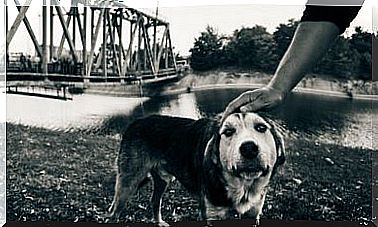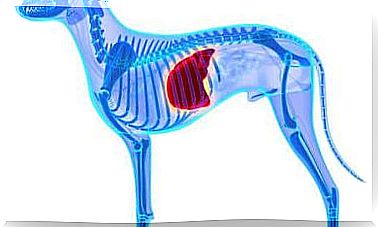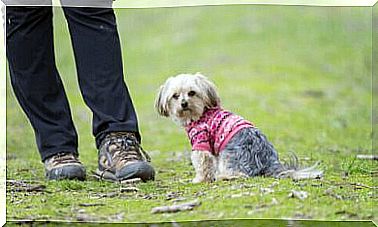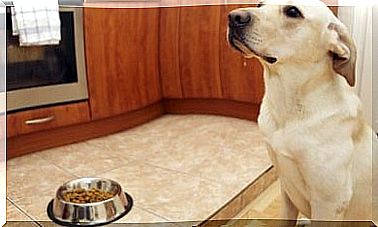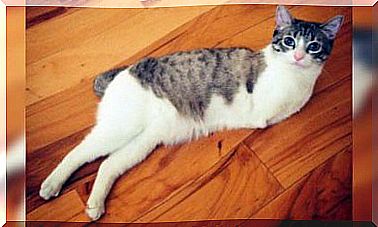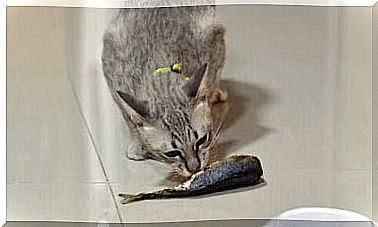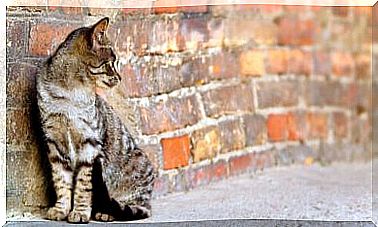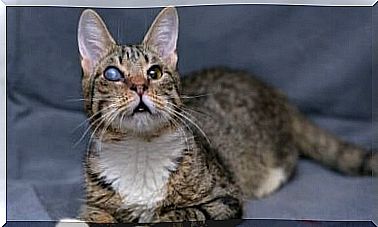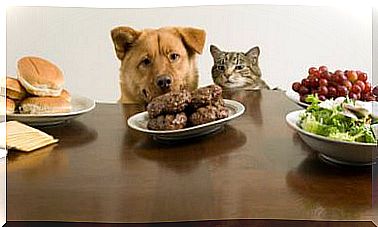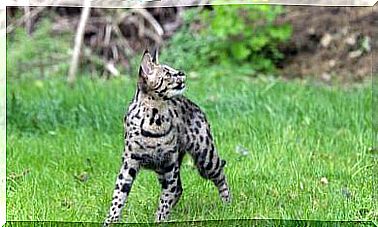4 Tips If Your Dog Consumes Some Poison
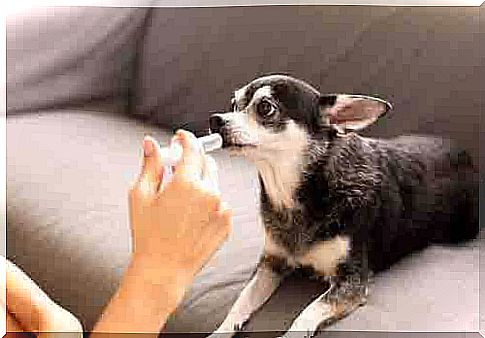
Poisons are available to dogs in many situations. Sometimes they can accidentally ingest toxic agents while sniffing for any traces during their walking routine. At other times, this poison may have been intentionally placed as part of a pest control treatment.
In any case, there are many scenarios where our dogs are exposed to these potential dangers. Below, we’ll give you some tips you should keep in mind if your pet is unlucky enough to have this type of accident.
What is a poison?
I remember my first toxicology class in college. The teacher, upon entering the classroom, approached the blackboard and, without saying a word, wrote: “ Nothing is poison, everything is poison, the difference is in the dose ”. With this brilliant statement, the ancient physician Paracelsus magnificently illustrates the concept in question.
Any substance can be potentially poisonous depending on the dose administered. Obviously, there are substances that have a much greater toxic potential than others. But for this toxicity to occur, it is necessary to reach a specific dose of the substance, the so-called minimum lethal dose.
It was necessary to clarify this, as there are many guardians who are alarmed because their animals have consumed, for example, a grape, a strip of onion or a small piece of chocolate.
While it is true that these substances are toxic to dogs, accidental ingestion of small portions does not pose a problem. Now that the term has been clarified, let’s proceed with the tips.
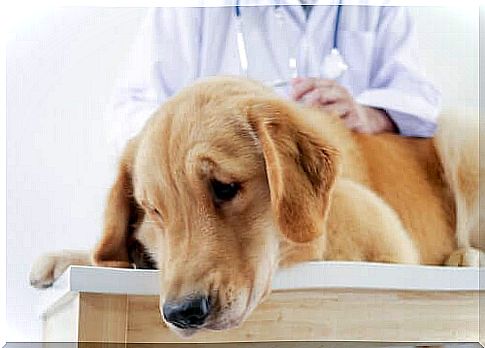
What to do if the dog consumes some poison?
Contact the veterinarian
Of course, the first thing to consider is getting in touch with your veterinarian to explain the situation. It will be necessary to detail all the symptoms that we observe in our dog, such as:
- Fever
- Salivation
- Diarrhea
- vomiting
- muscle spasms
- Mucosal pallor
- Bleeds
- breathing difficulty
Whenever possible, we should explain to the veterinarian the characteristics of the possible poison that our animal has ingested. If we have the label, we must detail all product components.
If, on the other hand, we suspect he’s ingested poison, but we don’t know which one or where, we’ll need to try to remember everything our dog has done in the last few hours:
- Activities such as walking through specific areas, ingesting garbage… Any clue can provide valuable information about the nature of the poison, and its identification is always a great advantage in the treatment.
induce vomiting
If we are sure that our dog has consumed some poison, we can easily induce vomiting by making the dog ingest a mixture of water and hydrogen peroxide. Mix three parts water with one part hydrogen peroxide and force the dog to drink. After that, take a short walk with the animal so that the mixture has more effect. Vomiting will occur in a few minutes.
It is important to clarify that, for the medicine to work, the dog must have ingested the poison a few minutes before, otherwise it will be absorbed and inducing vomiting will not be useful.
Another important aspect is that we should never induce vomiting after ingesting a corrosive substance, as this would further harm the animal.

Neutralize the poison
If we don’t know the poison, we don’t know the antidote, but we can always do something. The use of activated charcoal or activated charcoal has been shown to be very useful against many poisons.
- This substance limits the absorption of poison in the stomach, so its use is indicated in all cases of intoxication.
clean the poison
Although it is not an ingestion per se, skin exposure to the poison is equally common.
There are many possible toxins that can enter the dog’s body through the skin. Therefore, if the animal shows signs of intoxication and moves through areas where plant protection products may have been used, such as orchards or agricultural fields, we must remove the toxic substance from its skin.
We must wash the animal with plenty of water and soap, rubbing the hair well to eliminate the poison and prevent its absorption. This action must always be performed with gloves on, as the poison can pass into the tutor’s body during the bath.
It’s a really unfortunate situation when our pet consumes poison, which can make even the most peaceful people worry. Even so, with the tips provided and with the proper veterinary assistance, our animal will be able to face intoxication and it will all be a bad experience.
